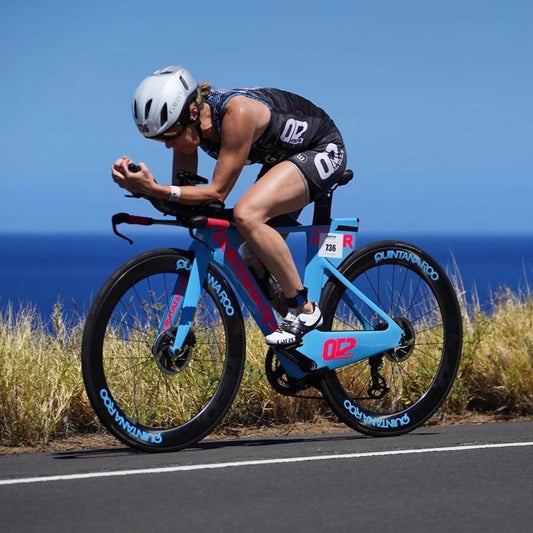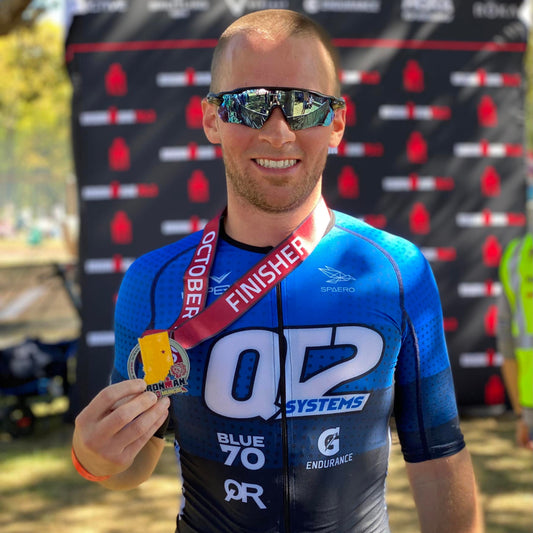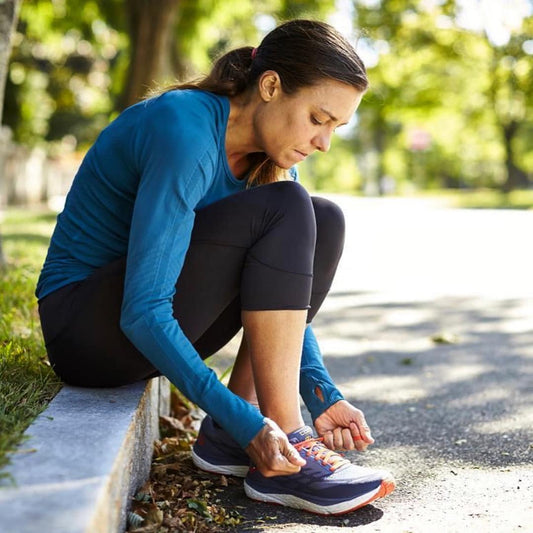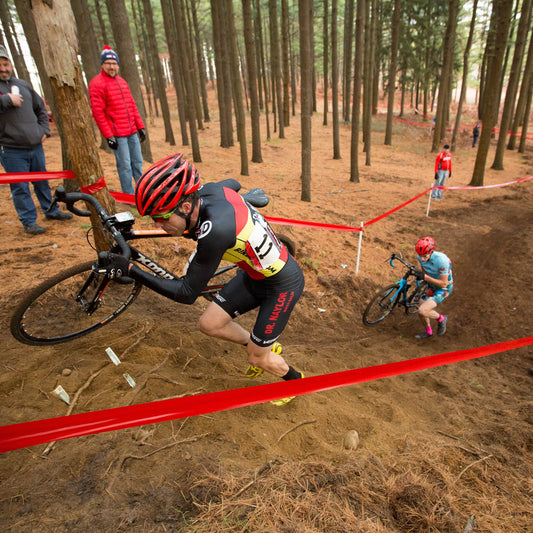June 10, 2018 – Raced Ironman Boulder. Finished 10th.
June 14, 2018 – Surgery on my right elbow and right wrist (for severe nerve impingement)
Sometime in July, 2018 – Signed up for the Bandera 100k
Aug 8, 2018 – Surgery on my lower back (for severe bulging disc at L5-S1)
In late September, 2018, after being completely sedentary for 3.5 months, I started easy running again. I was in awful shape, and anything over 10 minutes triggered very sharp pain in my left butt cheek (residual nerve irritation).
All through October, I stayed on my strength work, and ran as much as my back allowed. As it turns out, that wasn’t very much, but… you can only do what you can do, right? I wasn’t going to let an upcoming race determine how much stress I placed on my body. I was going to place stress on my body in accordance with what it could actually handle.
Eventually, one day, my back just felt awesome, so I said “let’s go”. My training consisted of commuting to/from work (5 miles each way), doing some sort of strength at lunch (either stairs or weights), and long runs on the weekends. In November, and early December, I was able to string together a bunch of 60-80 mile weeks, with 5,000+ feet of climbing each week. Considering I was doing this 3 months after back surgery, and less than 2 months after being completely sedentary for so long, felt like a miracle to me.
On Dec 15, I decided to run the Boston Marathon course. I took it easy, and cruised my way to a 3:10 time. Everything felt great. Muscles felt fresh the whole way, and I wasn’t even slightly sore the next day from it. Awesome news, right? Well, kinda…
Even though my muscles felt great (which was an excellent sign for my run durability), I developed a very sharp pain on my lower left shin (medial side, right above the ankle).
The first thought, of course, based on the location of the pain, and the recent increase in run volume, was “stress fracture”. A stress fracture, in and of itself, isn’t the end of the world. But it would have forced me to drop out of Bandera, which would have been a bummer.
All I knew is that it was very painful to walk, anywhere. I had a pretty severe limp, and was in constant pain (like, even in bed). This is never a good situation to be in, 3 weeks before a 100k.
So… what do you do? Well, you do what you can to evaluate the injury, and set it up to heal. I gave up all thoughts of building “fitness”, because it doesn’t matter how “fit” you are, if you’re too injured to be on the start line. One of my mantras is “never let a 2-week injury turn into a 2-month injury”. I try to beat this into my athlete’s heads. Some of them listen, and some of them don’t…
This is a rough description of what I did, and hopefully will be helpful to you:
- I didn’t do anything that caused “bad” pain. If it hurt, I just stopped. After experimentation, I discovered that I could lift weights, and walk stairs, without issues.
- I was *very* aggressive with massage. Both with massage from a therapist, and self-massage at home. Most of the home work consisted of using a Trigger Point ball on my lower legs (particularly Peroneus Longus and Tibialis Anterior). This was daily, for roughly 40-60 minutes each day.
- I did testing to determine if the issue was bone-related, or soft-tissue related. I found that I could push on the tibia, jump up and down, and run my massage tools DIRECTLY on the tibia, and it didn’t make the pain any worse. So that told me were were almost definitely dealing with a soft-tissue irritation, as opposed to a stress fracture. If there was a fracture, the impact from those tests likely would have triggered severe pain. Another piece of evidence giving strength to the idea that this was soft-tissue, and not bone, was the onset of the symptoms. My shin felt totally fine during my run on the Boston Marathon course. It didn’t start hurting until several hours later.
- I spent time in my Normatec boots everyday, on the “calf” program.
- I wore compression socks to work every day.
- I did a LOT of single-leg calf raises.
- I took ibuprofen every day. And when that didn’t seem strong enough, I switched to indomethacin.
After roughly 10 days of this, I was finally walking totally normal, and decided I could try running again. It went fine, so I built, and built. Yesterday, I ran 12 miles at 6:55-ish pace, and today I ran 16 miles at 7:25-ish pace. Both runs felt totally fine. My leg is healthy, and ready for the Bandera 100k, in 5 days.
So that’s the whole point of this post… I could have tried to push through the injury, and you know what? I would have made it worse, and I wouldn’t be running Bandera next weekend. But because I had the discipline and maturity to hold back to give my body the treatment it needed, that Tibialis Anterior strain was just a minor road bump, instead of a showstopper.
Please apply these lessons to your own training. Don’t let insecurities, or a fragile ego, or an exercise addiction, dictate your training. You HAVE to keep your eyes on the big picture, and make sure your training is dictated by what your body can actually handle.
Now, the hard part… going and trying to actually finish this dang 100k… eeeeep! Stay tuned for the race report!
This post was written by QT2 Level 3 Coach, Doug MacLean.





